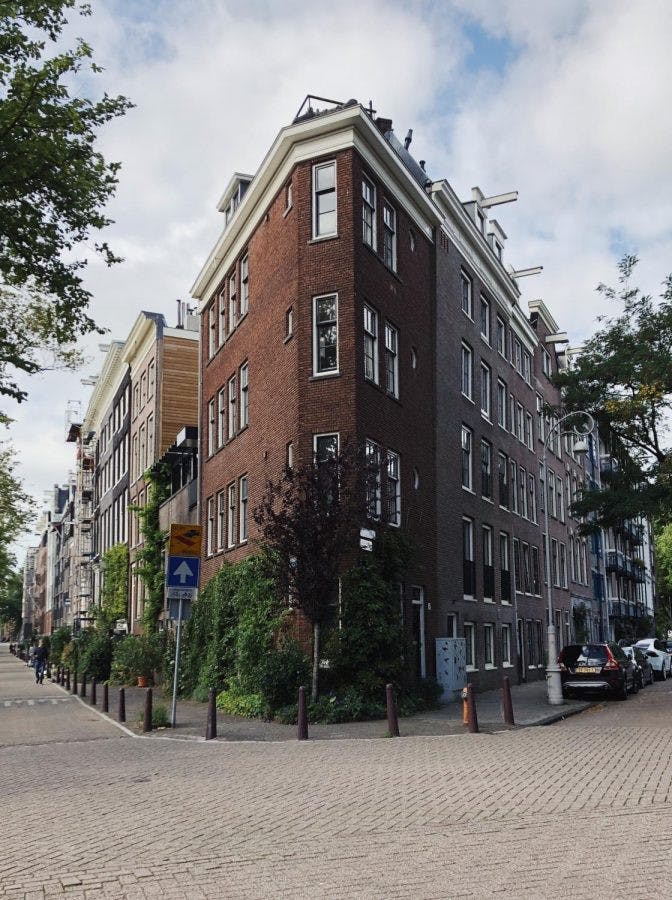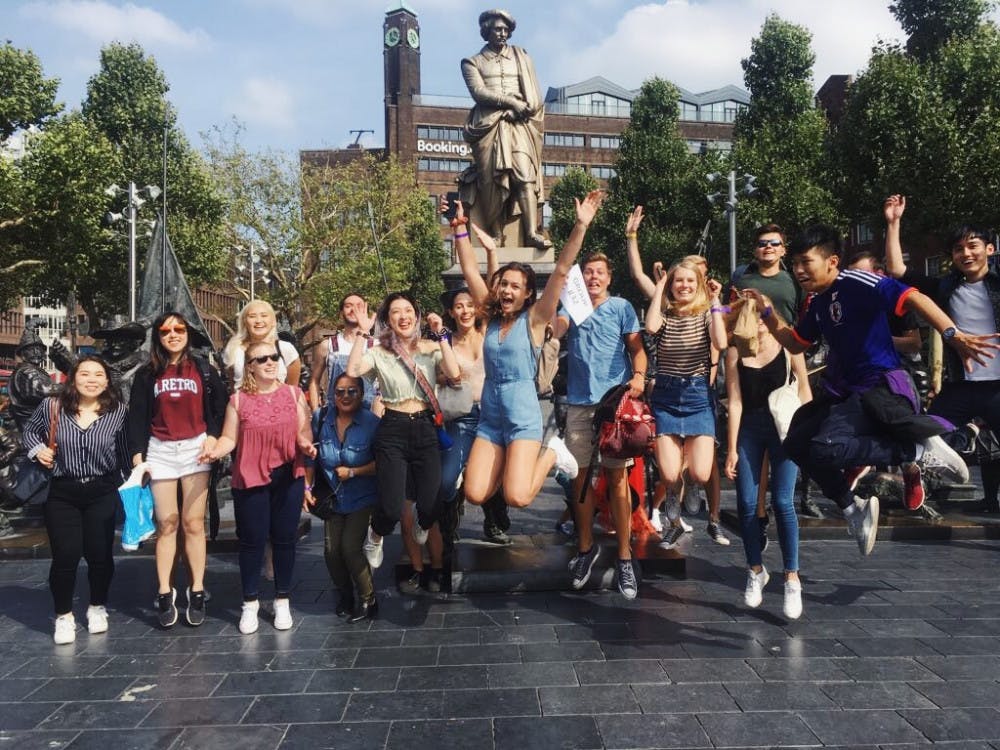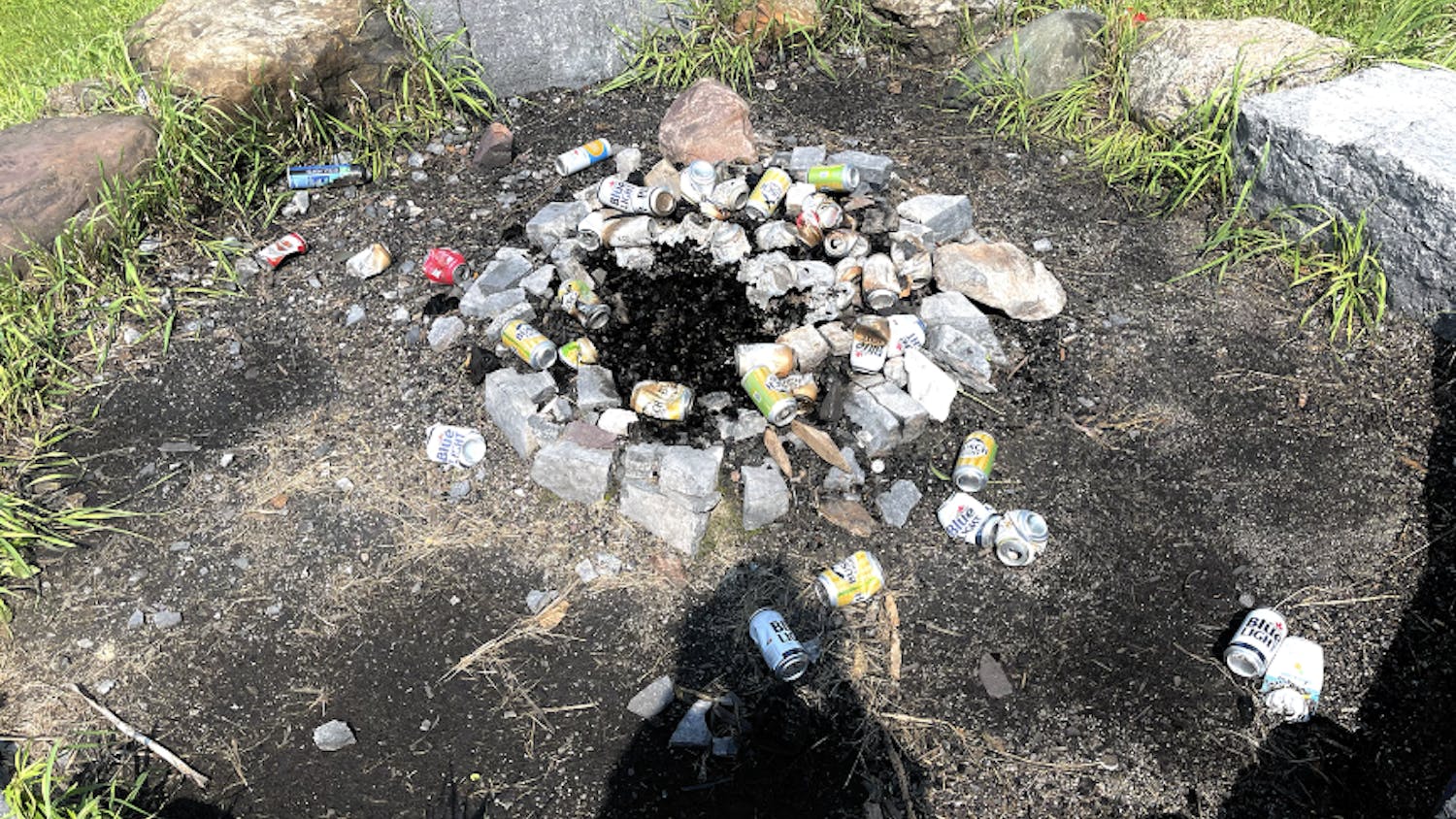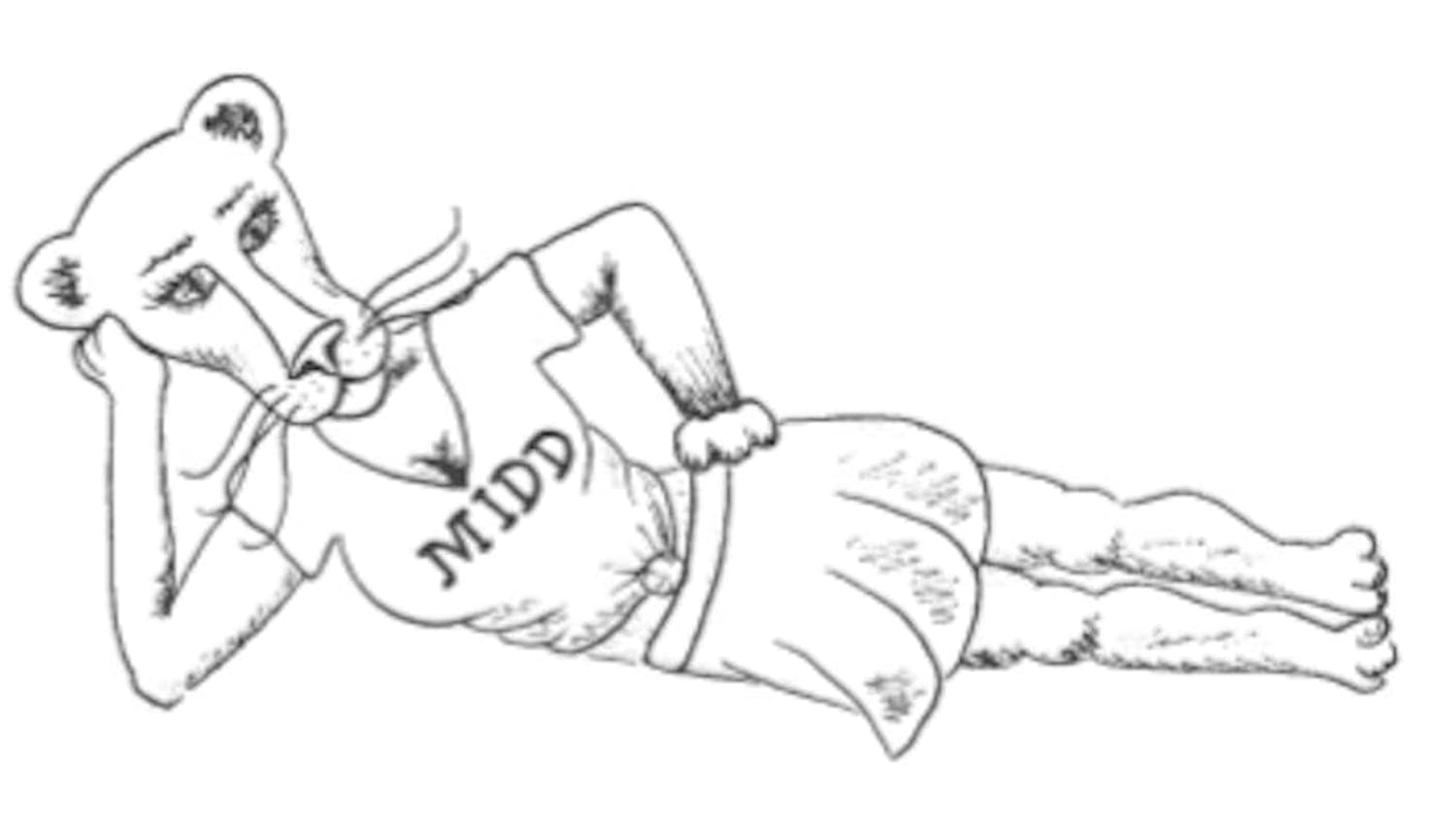I don’t remember why I chose to study abroad in Amsterdam. I knew I wanted a semester abroad, some sort of experience that I couldn’t get at Middlebury. The classes at the University of Amsterdam fit my studies, but I didn’t have a clear purpose for spending four months in the Netherlands. I was nervous that I was missing out on a semester of opportunity and high-caliber learning at Middlebury.
I did not realize that I would be learning every second of my time abroad.
When I arrived in Amsterdam in late August, I was thrown into a weeklong orientation with a group of 25 out of the 2,500 total international students. My worries about the semester shifted to the background as I focused on my new surroundings. Our orientation leaders Bart and Borus, the ultimate Dutch dynamic duo, steered us across canals, through squares and into tiny cafes (not coffee shops, which sell marijuana). Dazed and jetlagged, we stumbled through the Red Light District at 2 p.m. on a Wednesday. Bart and Borus cracked up as we tried to figure out how to react to the prostitutes posing in the windows.
Much to my surprise, I was one of the only Americans in my group. The students hailed from all over the world — Australia, China, Germany, Belarus, and so on. As I talked with my group members and orientation leaders, I came to an unsettling realization. Everyone knew so much about my culture, and I barely knew anything about theirs. Of course I got questions about Trump and our peculiar measurement system, but I was also having serious conversations about American culture with students who didn’t speak English as their first language. I could barely ask a reciprocal question about their own culture. Everything I said highlighted how little I knew.
Although exhausted after that first week, I was left with a nagging desire to get up and go learn—about the Netherlands, about Europe, about the cultures of my group members. I had never experienced this feeling in the United States before. I had found the purpose that I was missing.

I have been living in Amsterdam for a month and a half now. The fairy-tale image of the city is true. The canals are beautiful, everyone bikes, and the people are the tallest in the world. The Dutch language sounds like German but looks like English with too many vowels. There really is a Dutch town named Gouda where the cheese was first traded. I can see the tolerance and progressiveness of the Dutch in all aspects of their culture, from the thousands of bikers to the lenient policies on drugs and prostitution. The Netherlands was the first country to legalize same-sex marriage. I’ve come to realize that the cornerstone of the Dutch progressiveness is their “bluntness.” When they think or feel that something is wrong, they say it. In the gym last week a man walked up to me and told me I was lifting incorrectly and not benefitting from the exercise. Even though I don’t know how to react in such situations, I respect this straightforwardness immensely. It is how the Dutch get things done.
One of my first trips outside of the Netherlands and its rich culture was to western Germany with my dad. We visited the cities of Frankfurt, Cologne and Bonn. It amazed me that such a short train ride took me to a place with completely different people, language, culture and history. In Bonn, we walked along the Rhine River and saw layers of history through the drizzling rain. Ruins of ancient Roman walls lined the river, constructed almost two millennia ago to mark the frontier of the Empire. Tucked behind these ancient walls were minimalist government buildings from the post-World War II era, when Bonn was the capital of West Germany. My nights ended in warm pubs crowded with loud Germans and hearty meals of schnitzel and fries.
As I zipped through the countryside on my way back to Amsterdam, I realized the magnificence of Europe. There are 44 countries and over 740 million people in Europe, all packed into an area roughly the same size as the United States. It is a mosaic of cultures, connected through a complicated web of history. Although there is so much I don’t know, I am beginning to understand this mosaic. I am putting together the history of Europe by seeing and experiencing. This is why I am here. I am so glad that I allowed myself to figure that out by embracing the uncertainty of going abroad.
Foreign Correspondents: Amsterdam

Architecture in Amsterdam, where Alex Cook ’20 is studying abroad, presents a nice change from Vermont’s greenery. COURTESY PHOTO
Comments



